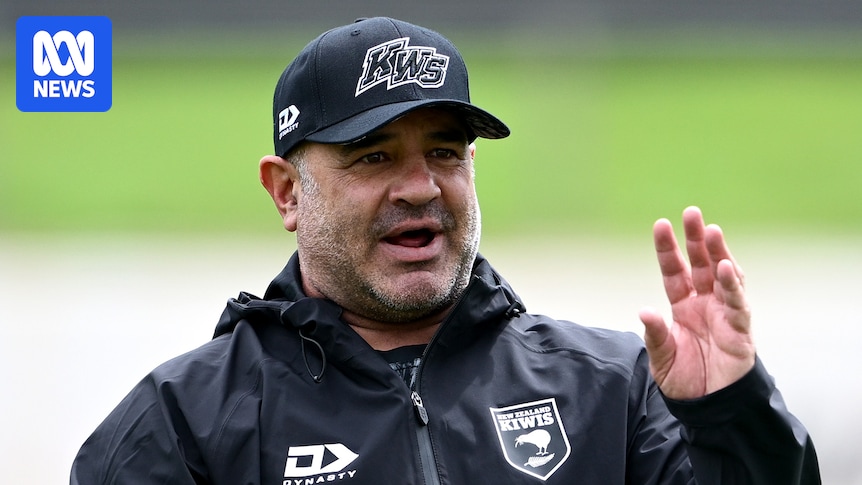
New Zealand coach Stacey Jones has called for increased scrutiny of pre-game warm-ups following the distressing head injury of Eliesa Katoa. The incident has sparked widespread concern among Kiwi and Samoan players, highlighting the need for more rigorous safety measures in rugby league.
The National Rugby League (NRL) is currently reviewing the circumstances surrounding Katoa’s three head injuries sustained at Eden Park. The Tongan star remains in Auckland, recovering from seizure activity and a brain bleed. The initial head knock, which occurred during the warm-up, is of particular interest. Tonga’s medical staff initially deemed it only necessary for an on-field check.
Incident Under Review
Replays captured by broadcasters showed Katoa falling backwards after a collision with teammate Lehi Hopoate’s shoulder. Despite passing a Head Injury Assessment (HIA) for the first of two subsequent hits during the game, Katoa fell ill after the second impact. Tonga officials stated they were unaware of the warm-up collision until after the game.
Current regulations require clubs to have spotters during training to monitor head knocks, and all contact sessions must be videoed for review. An independent doctor in the bunker oversees game contact to identify head injuries, with trainers also present to assess players. However, no such measures are mandated for pre-game activities, making Katoa’s incident a significant case for review.
Calls for Change
“There should be scrutiny around it,” Jones emphasized, advocating for enhanced player safety. “I don’t know what went on … but there has got to be some real good care around the players. We have it at training.” His comments echo those of fellow Kiwis great Shaun Johnson, who expressed outrage over the incident, predicting that “heads will roll.”
Jazz Tevaga, Katoa’s former teammate at the Warriors, expressed his heartbreak over the situation. “It’s very heartbreaking to see for my brother Eli,” Tevaga stated at Samoa’s fan day before the Pacific Cup final against New Zealand. “I sent him a message and pray he is OK. It shouldn’t have happened, but it did.”
Community Support and Future Implications
Kiwi forward Isaiah Papali’i also shared his concerns, noting the rarity of such incidents. “I’ve never really experienced or seen anything like that before,” Papali’i said. “Pretty much the whole rugby league community, or everyone that knows him, is behind him and thinking of him through some pretty tough times.”
The incident has prompted discussions on the adequacy of current safety protocols. Experts suggest that implementing similar measures for warm-ups as those used during games could prevent future occurrences. The NRL’s ongoing review may lead to policy changes aimed at safeguarding players’ health.
Looking Ahead
The rugby league community is rallying around Katoa, hoping for his full recovery. As the NRL continues its investigation, the case could set a precedent for how pre-game activities are monitored in the future. The outcome may influence broader changes in sports safety regulations, emphasizing the importance of player welfare at all stages of competition.
As the review unfolds, stakeholders await potential recommendations that could reshape the approach to player safety in rugby league, ensuring that incidents like Katoa’s are minimized or avoided altogether.





